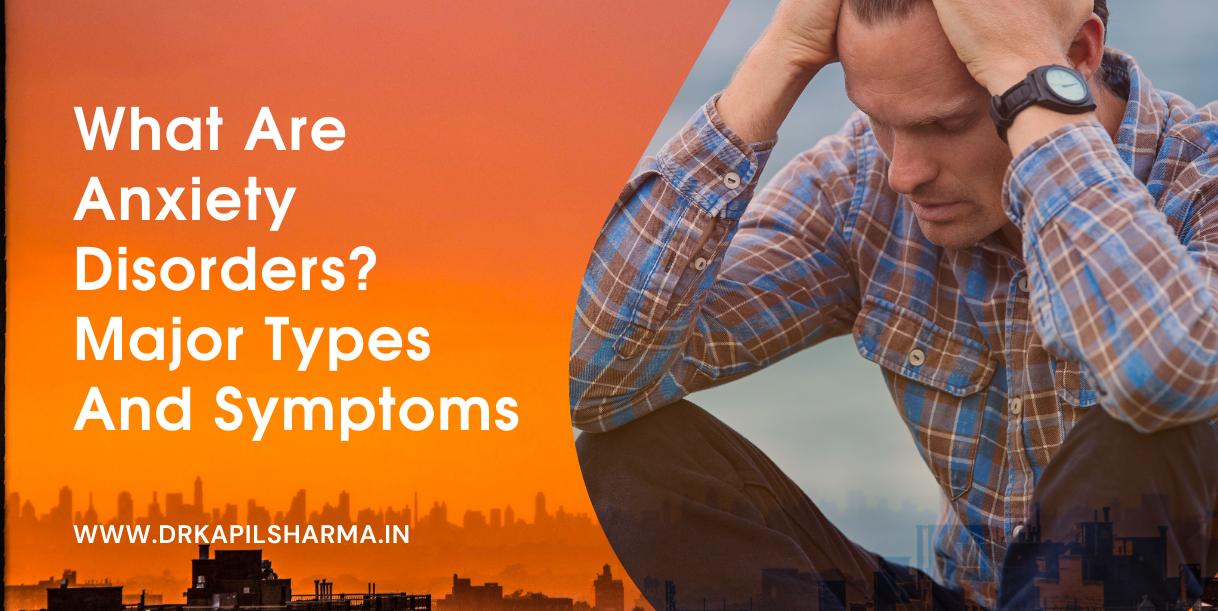
What Are Anxiety Disorders? Major Types And Symptoms
Anxiety disorders are among the most prevalent mental disorders. Women are affected nearly twice as frequently as men. Anxiety disorders are associated with significant morbidity. Anxiety disorders are often chronic, but not always. Anxiety disorders are a group of disorders that include:
- Panic disorder
- Agoraphobia
- Specific phobia
- Social anxiety
- Obsessive-compulsive disorder (OCD)
- Posttraumatic stress disorder (PTSD)
- Acute stress disorder
- Generalized anxiety disorder
An important aspect of anxiety disorders is the exquisite interplay of genetics and external factors, which mean abnormal genes predispose to anxiety disorder but traumatic life events or stress are also important.
Normal Anxiety
Everyone experiences anxiety. It is commonly a diffuse, unpleasant, vague sense of apprehension, worry, often accompanied by symptoms such as heaviness in the head, headache, sweating, palpitations, tightness in the chest, mild stomach discomfort, and restlessness.
Fear versus Anxiety
Anxiety is an alerting signal; it warns of impending danger and enables a person to take measures to deal with a possible threat. Fear or phobia is a similar alerting signal but should be differentiated from anxiety. Fear is a response to a known and definite threat; anxiety is a response to a threat that is unknown and vague.
Stress and Anxiety
Whether an event is perceived as stressful depends on the nature of the event and on the person’s resources, psychological defenses, and coping mechanisms.
Whether the imbalance is between the pressures of the outside or a person’s desires (internal) and the psychological coping mechanisms, the imbalance produces a psychological conflict. Externally caused psychological conflicts are usually interpersonal and internal caused psychological conflicts are intrapersonal. A combination of the two is possible Interpersonal and intrapersonal conflicts. Because human beings are social, their main conflicts are usually external (interpersonal).
Symptoms of Anxiety
The experience of anxiety has two components:
- Physiological sensations (palpitations and sweating)
- Psychological (nervousness).
In addition to physiological sensations anxiety affects the thinking process, perception, working, and learning. Anxiety produces confusion and distortions of perception of time and space but also of persons and the meanings of events. These distortions can interfere with learning by lowering concentration, reducing memory, and impairing the ability to work.
Anxiety affects the selectivity of attention on events. An anxious person selects certain things and overlooks others.
Contact to Dr. Kapil Sharma for further information about Anxiety. He is the best psychiatrist in Jaipur.

